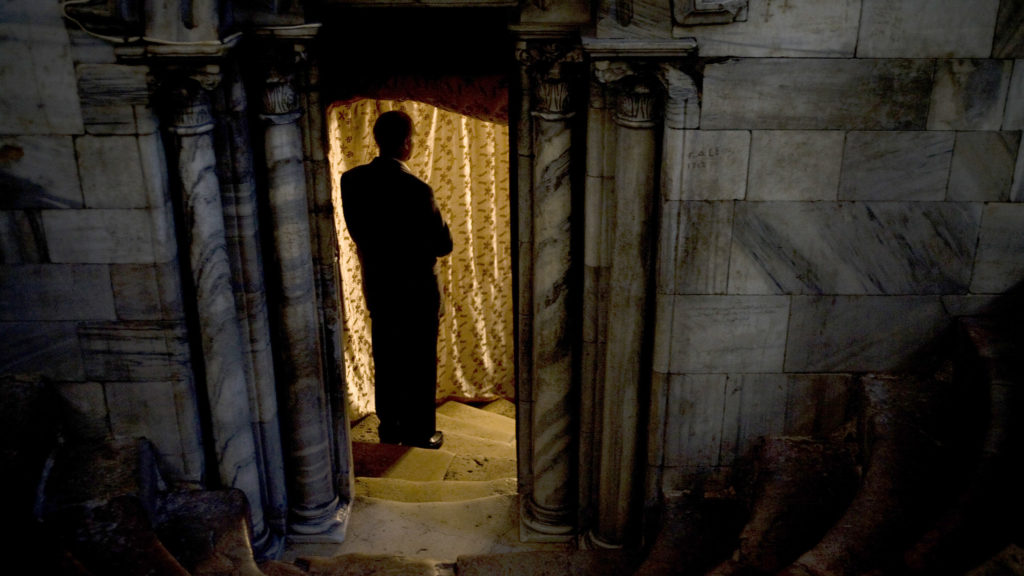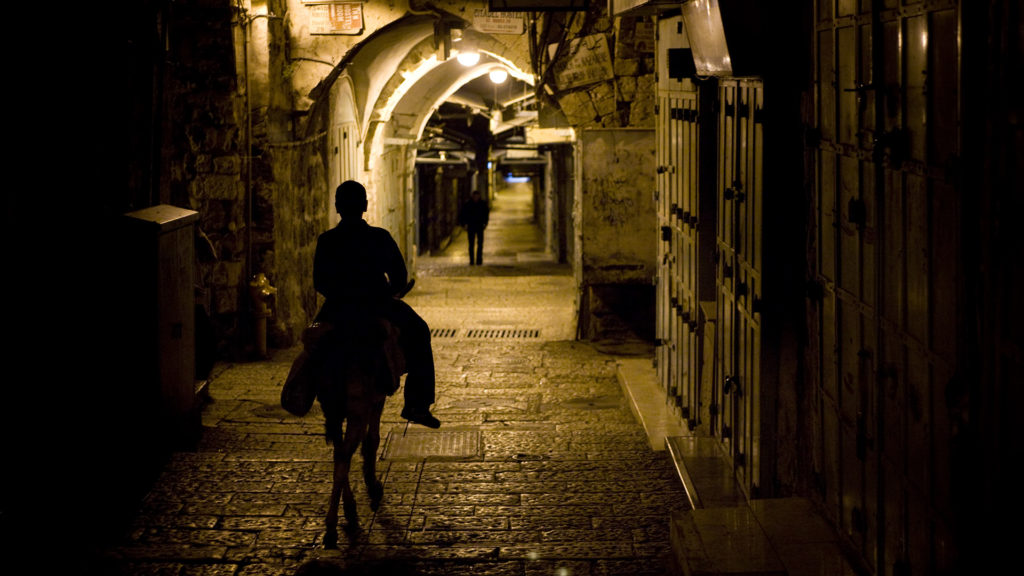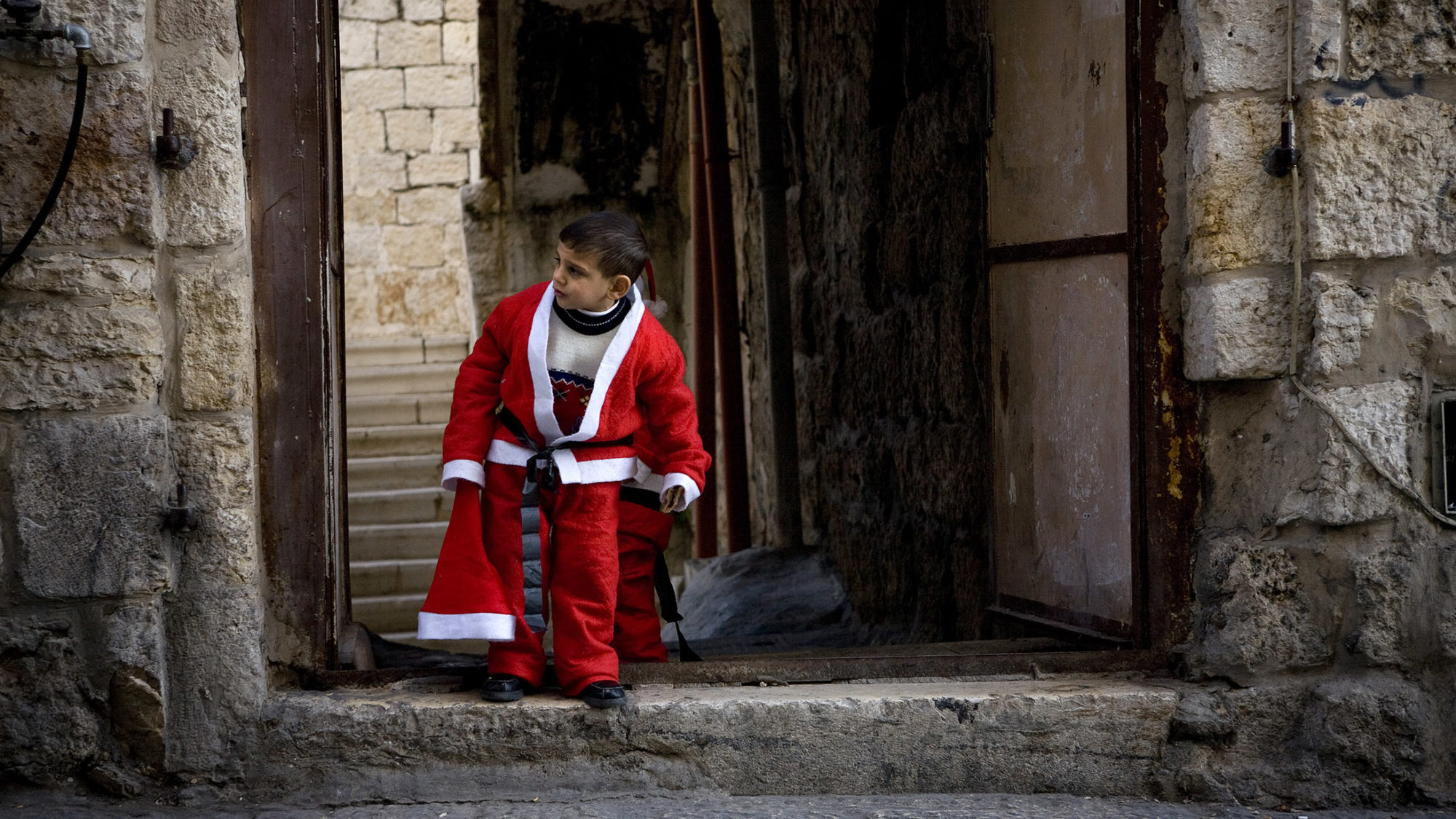
Year after year, Christmas after Christmas, choirs around the world harmonize while singing about a village in Palestine. Oh, Little Town of Bethlehem, one of the most beloved holiday carols, asks us to envision the dark streets of a town where the everlasting light was born one night. Today, that town is still on the map. Its holy past mingles with its complicated present.
Bethlehem is a Palestinian village just six miles from Jerusalem. Every year its mostly Muslim inhabitants host Christian pilgrims who come to the town to celebrate the birth of Jesus. Photographer C. S. Stanley visited Bethlehem several times during the Christmas holiday during the past decade. We asked him to reflect on his experience in the place where Christ was born.
Christmas in Bethlehem
Just as I was departing for my first trip to Bethlehem, I read a National Geographic story calling it “one of the most contentious places on earth.” During the past century, the town’s majority Christian population dwindled to a faithful few—a result of persecution and changing demographics. The Israeli government built a wall around the town in an attempt to curb the threat of terrorism. Sadly, the peace the angels proclaimed two millennia ago remains elusive to most of the people still walking Bethlehem’s streets.
Still, I wanted to see Bethlehem at Christmas. I wanted to swap fiction for fact—a refresh of all the Christmas images in my mind shaped by decades of experiencing the holiday in North America. I had a hunch I wouldn’t see green and red decorations lining the streets and doorways.
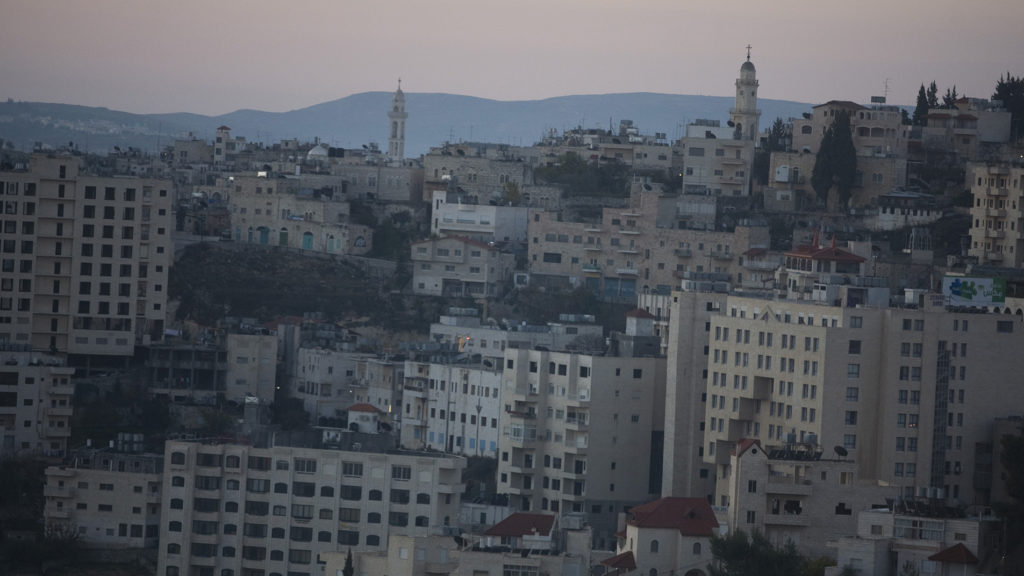 Would I find a manger? Sort of. Now a monument in the basement of the Church of the Nativity marks the traditional location of Christ’s birth. Four varying Christian traditions—Latin, Greek Orthodox, Franciscan, and Armenian—vie for space to worship around the manger.
Would I find a manger? Sort of. Now a monument in the basement of the Church of the Nativity marks the traditional location of Christ’s birth. Four varying Christian traditions—Latin, Greek Orthodox, Franciscan, and Armenian—vie for space to worship around the manger.
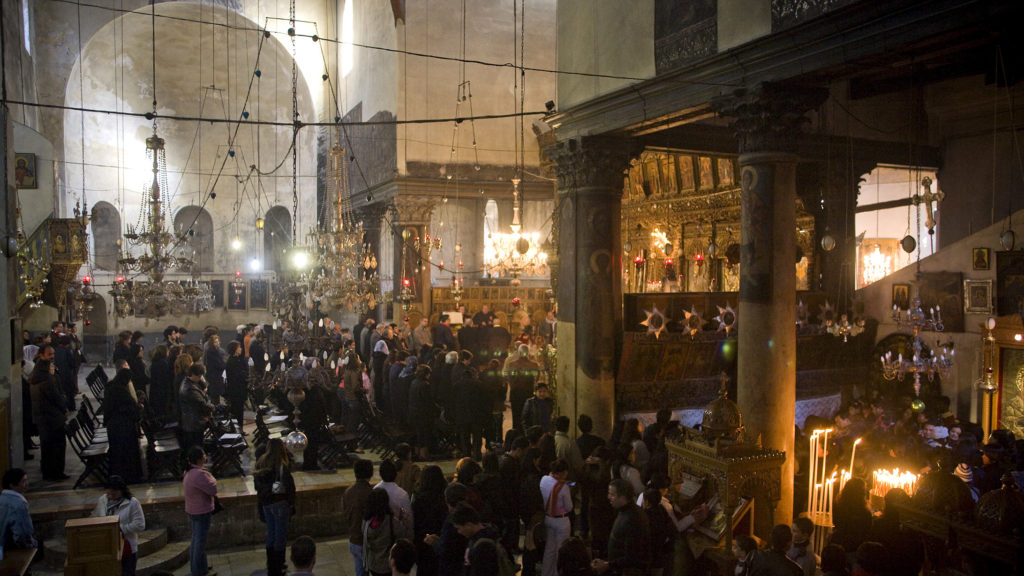 I witnessed pilgrims from all over the world funnel through the narrow doorway, light candles, kiss mantles, and pray fervently. I couldn’t resist asking myself: if Jesus were here, what would he think about all of this?
I witnessed pilgrims from all over the world funnel through the narrow doorway, light candles, kiss mantles, and pray fervently. I couldn’t resist asking myself: if Jesus were here, what would he think about all of this?
What drew me here? Mere curiosity? Was my interest in this physical place a subtle form of idolatry? Was I here to document a place and cultural traditions, or was I here to worship?
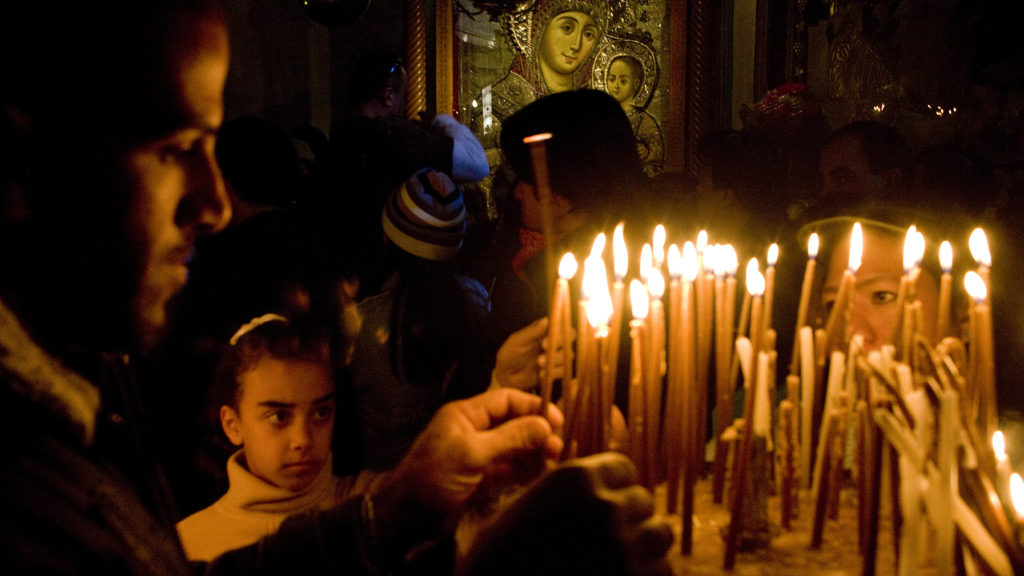
An Ordinary Day or a Holy Day?
To gain some clarity, I headed out of the church and away from the crowds. I wandered through quiet alleyways.
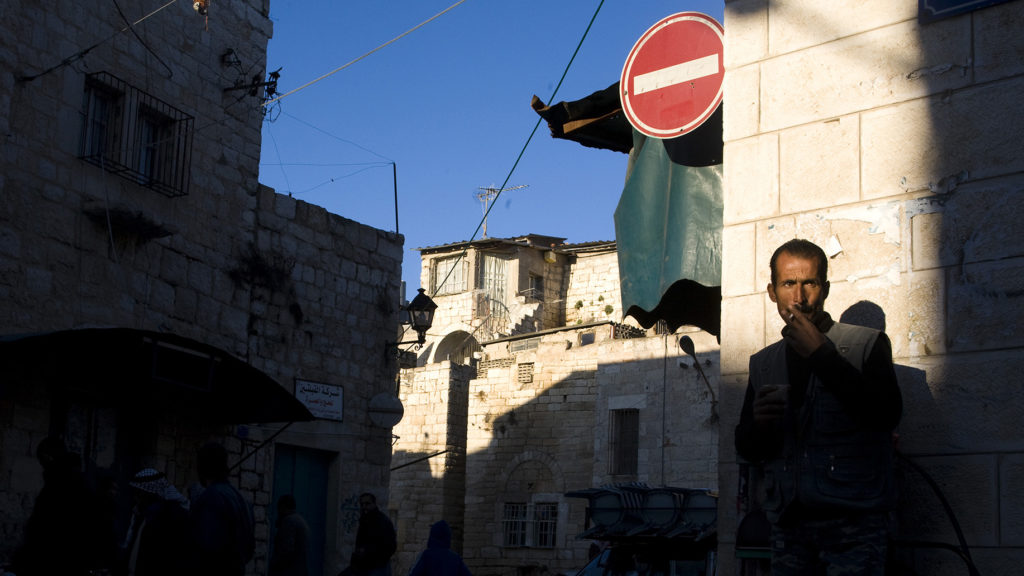 Eventually, I landed in the local outdoor market. Men huddled in corners to drink tea, stitch shoes, grill kabobs, or arrange vegetables for sale. Women strode in and out of the harsh sunlight bathing Bethlehem’s narrow stone streets. There was no mistletoe or red and green ribbons in sight.
Eventually, I landed in the local outdoor market. Men huddled in corners to drink tea, stitch shoes, grill kabobs, or arrange vegetables for sale. Women strode in and out of the harsh sunlight bathing Bethlehem’s narrow stone streets. There was no mistletoe or red and green ribbons in sight.
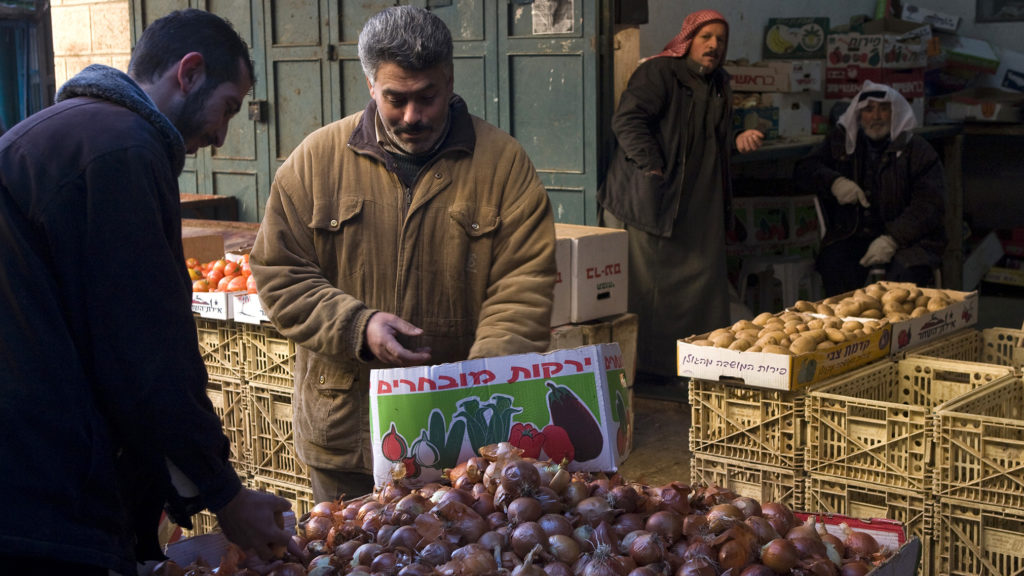 Everyone was going about life like it was the middle of June, not Christmas Eve. It felt like a normal day, not a holy day. I started to wonder: Had the images and traditions that shaped my ideas of what happened at Bethlehem revealed the Christmas story or obscured it? How would the new images I was taking in now change my understanding of the story I thought I knew so well?
Everyone was going about life like it was the middle of June, not Christmas Eve. It felt like a normal day, not a holy day. I started to wonder: Had the images and traditions that shaped my ideas of what happened at Bethlehem revealed the Christmas story or obscured it? How would the new images I was taking in now change my understanding of the story I thought I knew so well?
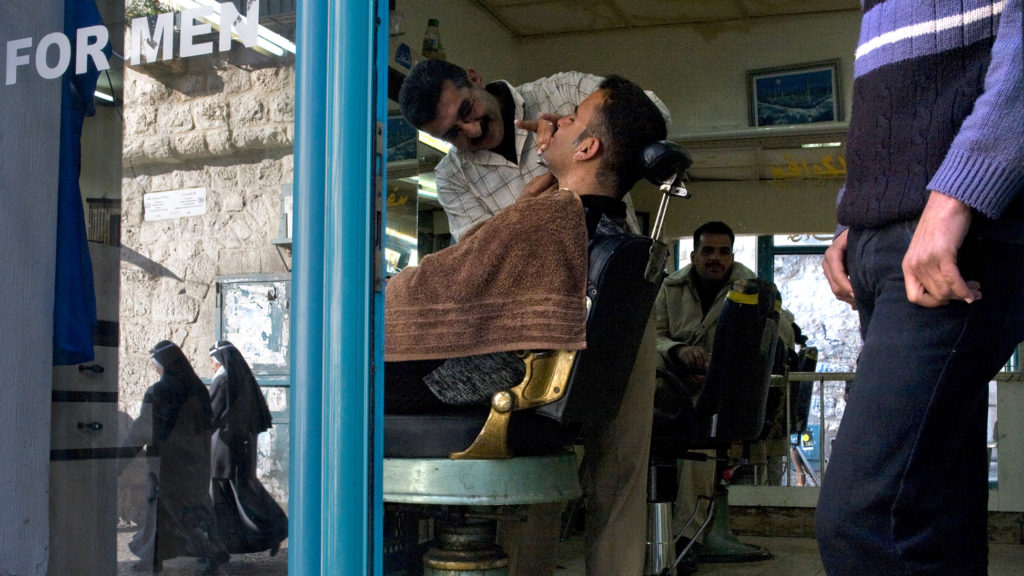 Wandering Back to the Manger
Wandering Back to the Manger
Paul describes Jesus’s entrance into our world as the most humbling of acts: “[He] emptied himself, taking the form of a bondservant, and being made in the likeness of men” (Phil. 2:7 NASB). Taking photographs is my effort to understand and appreciate the details of the moment God bowed down and made his entrance into this hillside town.
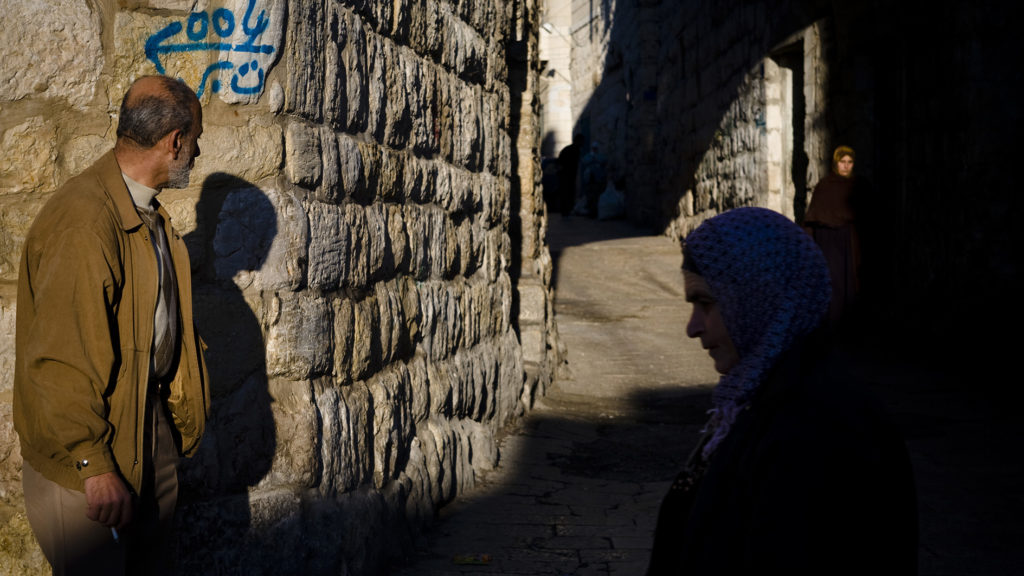 For me, images have become like ebenezers, a Hebrew word meaning “stone of help.” The prophet Samuel used a rock to memorialize God’s deliverance from the Philistines (1 Sam. 7:12). And God commanded Joshua to commemorate the crossing of the Jordan River by setting up a physical reminder in the form of stones, saying, “These stones are to be a memorial to the people of Israel forever” (Josh. 4).
For me, images have become like ebenezers, a Hebrew word meaning “stone of help.” The prophet Samuel used a rock to memorialize God’s deliverance from the Philistines (1 Sam. 7:12). And God commanded Joshua to commemorate the crossing of the Jordan River by setting up a physical reminder in the form of stones, saying, “These stones are to be a memorial to the people of Israel forever” (Josh. 4).
Images in the form of stacked rocks, art, or photographs can become memorials that God uses to point us to himself. “Prone to wander, Lord I feel it . . .” The lines of the hymn Come, Thy Fount of Every Blessing run through my mind. “Here I raise my Ebenezer . . .” In the hymn and in real life, the Ebenezer—the stone of help—can check my wandering away from God. In a sense, my photographs are like memorial stones that serve as visible aids and reminders, clarifying where I am, and helping me discern where I’m going.
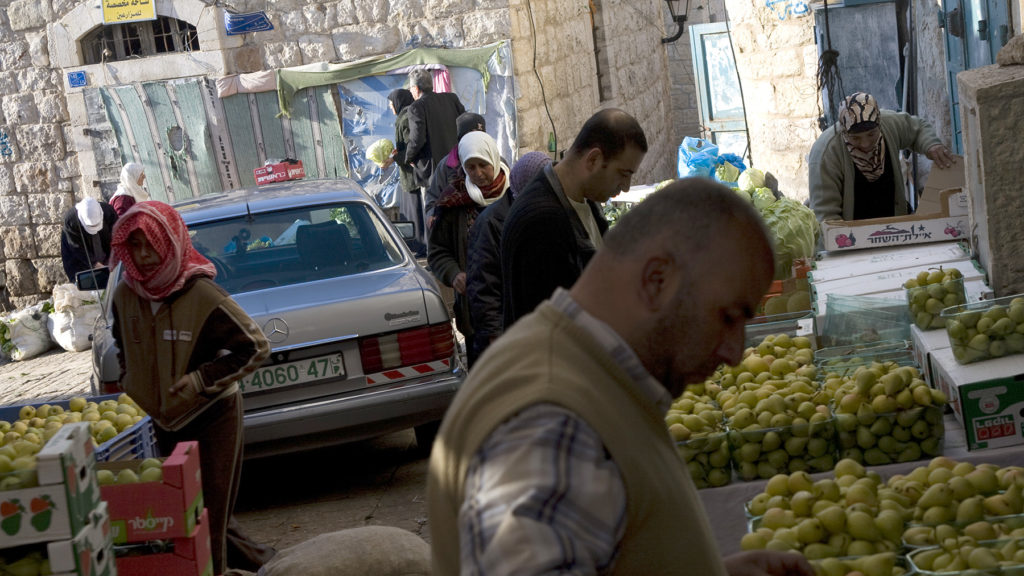 But stacked rocks or any physical reminder can become idolatrous when the original meaning is forgotten. Jesus said, “Seek me, and you will find me” (Matt. 7). His entrance into the world wasn’t what people were seeking: a throne of power. Rather, it was a throne of grace. His presence isn’t bound to a place; it’s associated with his people, the body of Christ.
But stacked rocks or any physical reminder can become idolatrous when the original meaning is forgotten. Jesus said, “Seek me, and you will find me” (Matt. 7). His entrance into the world wasn’t what people were seeking: a throne of power. Rather, it was a throne of grace. His presence isn’t bound to a place; it’s associated with his people, the body of Christ.
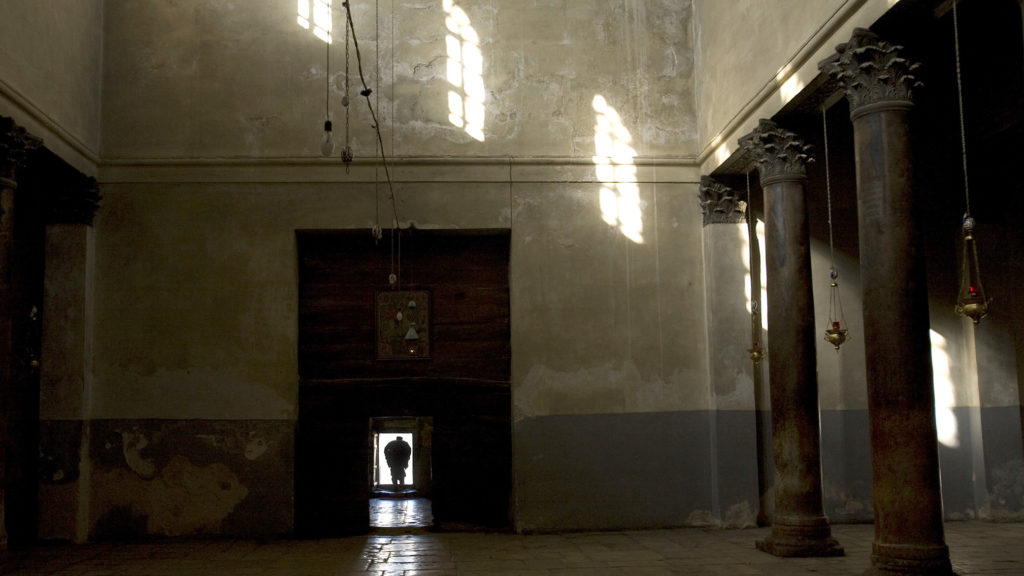 Pilgrims to Bethlehem, or to any holy site, are susceptible to the same temptation that besets us all: holding too tightly to cultural forms. If tradition takes the place of relationship, it may obscure the truth, rather than reveal it.
Pilgrims to Bethlehem, or to any holy site, are susceptible to the same temptation that besets us all: holding too tightly to cultural forms. If tradition takes the place of relationship, it may obscure the truth, rather than reveal it.
My last morning in Bethlehem, I tried to beat the crowds into the Church of the Nativity. It was quiet. One or two people were there in the early hours. Drawn by the clanging of a bell and the sound of chanting, I descended down the stone stairs into the tight basement quarters of the historic manger spot, where Greek Orthodox priests were reciting prayers and waving incense through the air.
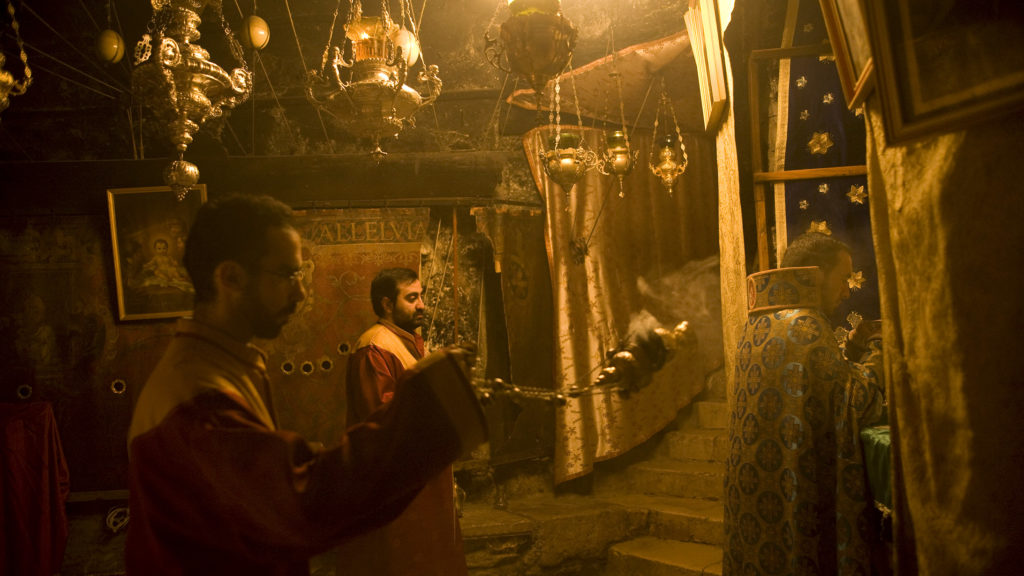 As I stood before the manger and considered the traditions that have, over the centuries, crowded in on the spare, humble place where baby Jesus took his first breath, it was as if he was saying to me for the first time: “Who do you say that I am?”
As I stood before the manger and considered the traditions that have, over the centuries, crowded in on the spare, humble place where baby Jesus took his first breath, it was as if he was saying to me for the first time: “Who do you say that I am?”
